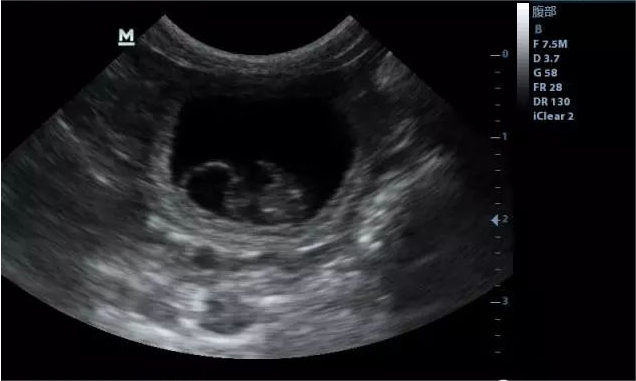Rectal palpation has been the standard method of bovine pregnancy testing for many years, a procedure that involves using a gloved hand and arm to palpate a cow’s reproductive tract through the rectal wall.
Bovine and equine ultrasound pregnancy testing uses ultrasound to scan the cow’s reproductive tract, producing a clear image from which to determine the cow’s pregnancy.
The method of pregnancy testing with a veterinary ultrasound machine for cows and horses includes
A handheld ultrasound probe is placed into the cow’s rectum and slowly scans the cow’s uterus against the rectal wall.
Determining the pregnancy of the cow by the image on the ultrasound screen.
Advantages of Rectal Manual Palpation vs. Veterinary Ultrasound Pregnancy Detection
Manual palpation is a proven, reliable diagnostic system for all cattle at all stages of pregnancy. Experienced operators can give accurate results to know if the cow is in calf. Fetal age can be assessed later in the pregnancy, but accuracy is not as good.
The advantages of pregnancy testing with ultrasound machines for cows and horses are that the test is quick, less invasive and more accurate. Not only is it a simple pregnancy test, but it also provides information about the development of the calf, including gestational age, dead or alive fetuses, and male and female detection. Ultrasound for cattle and horses is also very advantageous in terms of the development of the uterus and ovaries of the cow.
For farmers, the use of bovine ultrasound for pregnancy testing has a “seeing is believing” concept, and people prefer to use ultrasound machines for testing.
What are the disadvantages of veterinary ultrasound versus manual rectal palpation?
Operator fatigue is the biggest disadvantage of manual palpation, which is most common on large cattle farms. The accuracy of rectal hand testing is completely dependent on the experience of the person building the test and the testing time is relatively long.
The disadvantages of using ultrasound machines for pregnancy detection in cattle and horses are that the machines are usually expensive, small cattle farmers are less willing to invest in this equipment, and proficiency in the use of ultrasound for pregnancy detection requires specialized technical training. The clarity of the machine and the correctness of its operation have a very strong influence on the results of the test.
It is difficult for the ultrasound operator to detect cows that show no signs of pregnancy and no signs of an empty uterus. Sometimes a prolonged search with the probe can detect a pregnant or non-pregnant uterus, but even when the search is carried out, no results are usually found. In these cases, no diagnosis can be made and these cows must be tested again in a few days.
Post time: Mar-25-2024




